The first-ever emoji designs have been recognized as contemporary art alongside Warhols and Pollocks
It was bound to happen. The museum that holds Vincent van Gogh’s Starry Night and Andy Warhol’s Campbell’s Soup Cans is now adding emoji to its permanent collection.
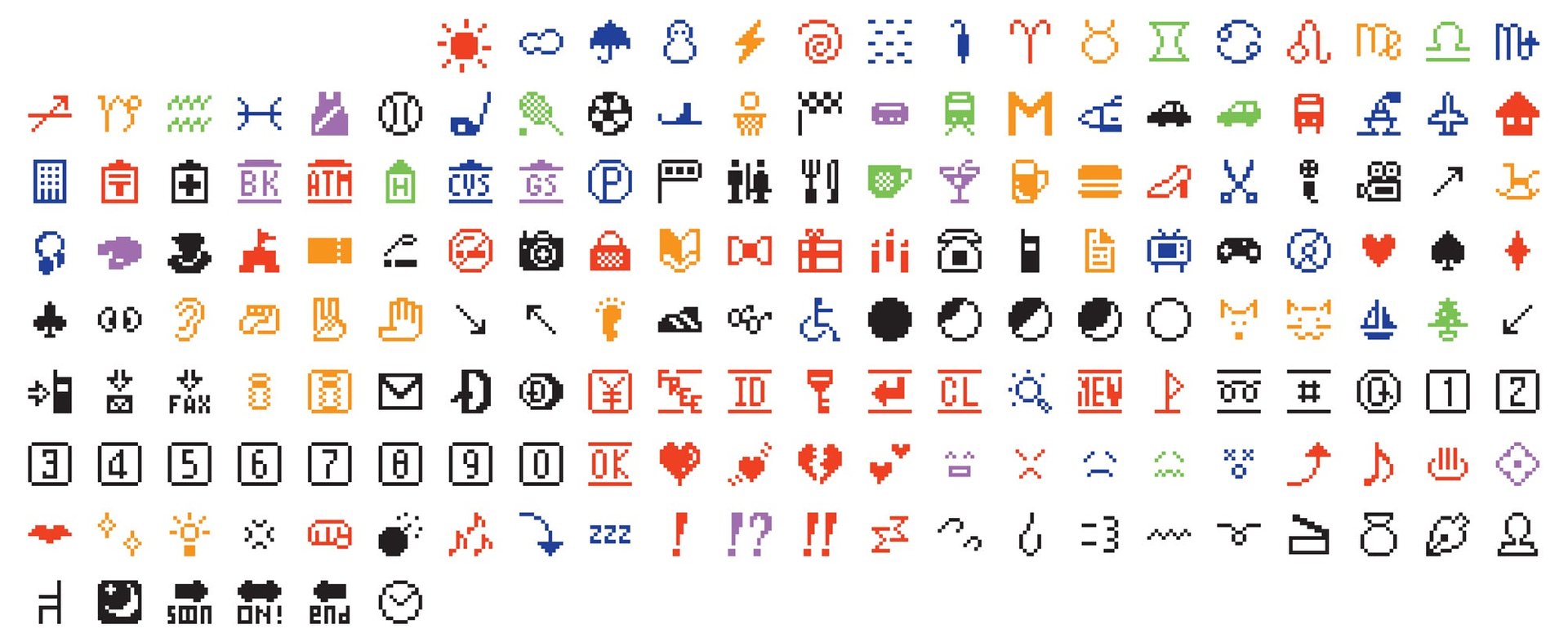

It was bound to happen. The museum that holds Vincent van Gogh’s Starry Night and Andy Warhol’s Campbell’s Soup Cans is now adding emoji to its permanent collection.
Yesterday (Oct. 25), New York’s Museum of Modern Art announced its acquisition of the very first generation of emoji: 176 rudimentary icons designed by Japanese artist Shigetaka Kurita in 1999.
Created to use with cell phone and pagers for Japanese national telecom company NTT DoCoMo, each single-color graphic fits within 12 x 12 pixels. The company gave its original set to MoMA’s digital collection, with license to reproduce the images. These will be displayed in the prestigious museum’s lobby this winter as both 2D graphics and animation.
Kurita’s emoji are ”humble masterpieces of design” which “planted the seeds for the explosive growth of a new visual language,” said MoMA collection specialist Paul Galloway in a statement, adding that they demonstrated a powerful capacity for design to alter human behavior.
Although the use of emoji first began with symbols like “:-)” or “<3,” only five of Kurita’s original emoji represent feelings. Others represent horoscopes, the weather, sports and even lunar eclipse, all of which still exist today in our iPhone or Android emoji sets.
In the beginning, emoji were not just used for person-to-person communication. According to the New York Times, early weather emojis were used to deliver weather reports to pager users, and some emoji directed users to local businesses like fast-food joints (🍔) or bars (🍸).
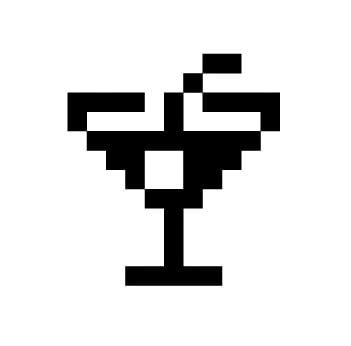
Kurita has since moved on to work at the online services department of videogame maker Namco Bandai Games, but his designs have become the ancient pictographs of the digital age: His rudimentary, low-resolution emojis were quickly adapted by other Japanese companies, and provided a basis for an ever-increasing collection of emojis that are used globally today across mobile platforms.
Many of them are no longer direct visual translations of common words, but rather capture complex concepts all on their own, like the laughing/crying 😂, which was named 2015’s “word of the year” by the Oxford English Dictionary, or even the sexually suggestive 🍆 emoji.
“In a sense, what we’ve really acquired is a new communication platform,” said Paola Antonelli, senior curator of architecture and design to the Times. “But at the same time, the emoji themselves are ideographs, one of the most ancient ways to communicate. I love how the centuries are connected in that way.”
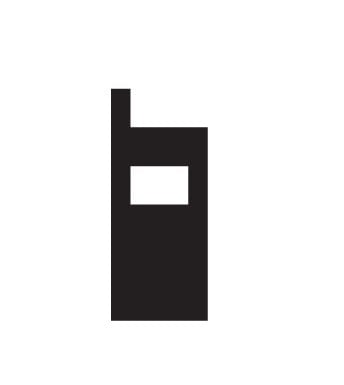
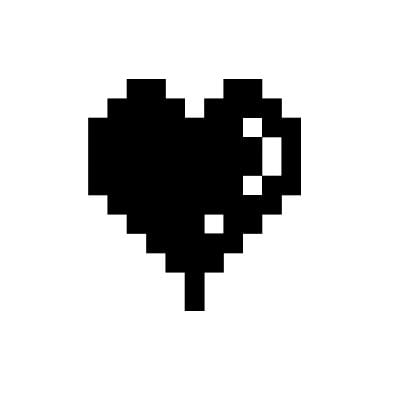
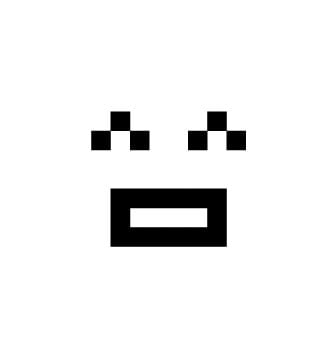
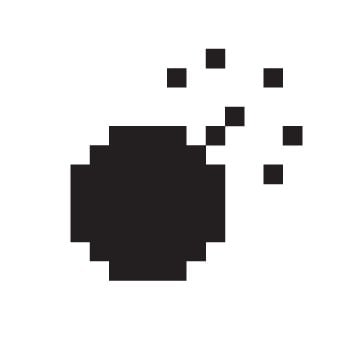
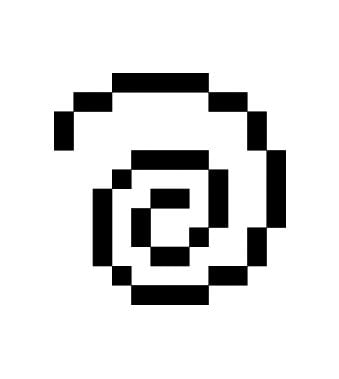
A new installation at MoMA will open in early December to elaborate the evolution of emojis.